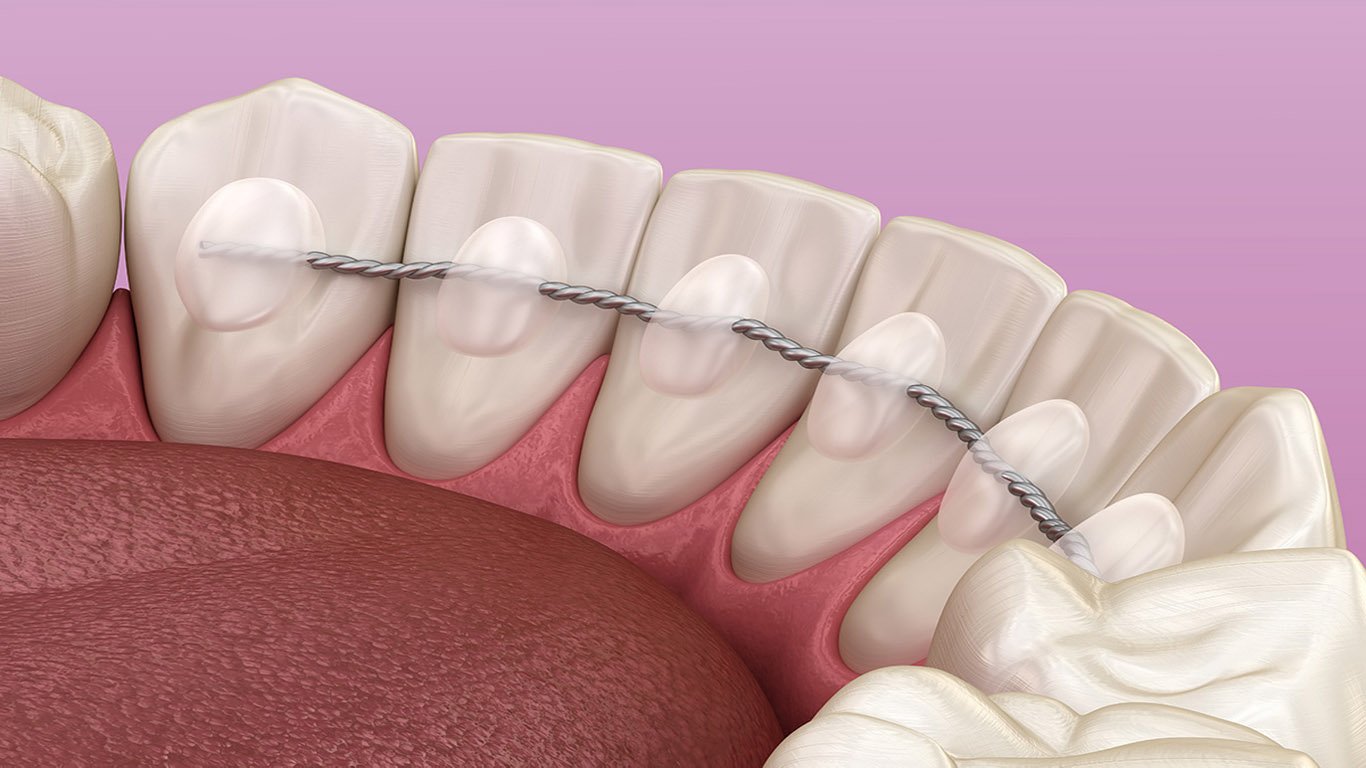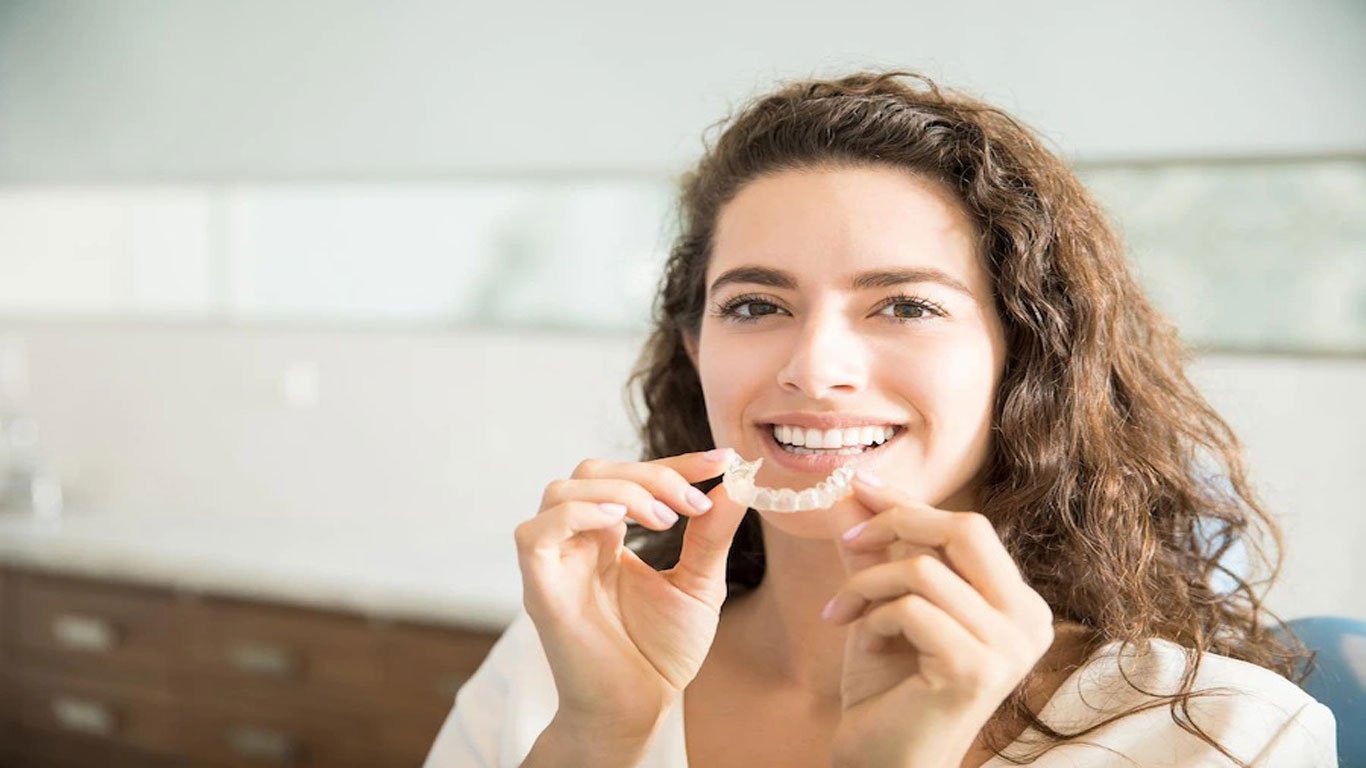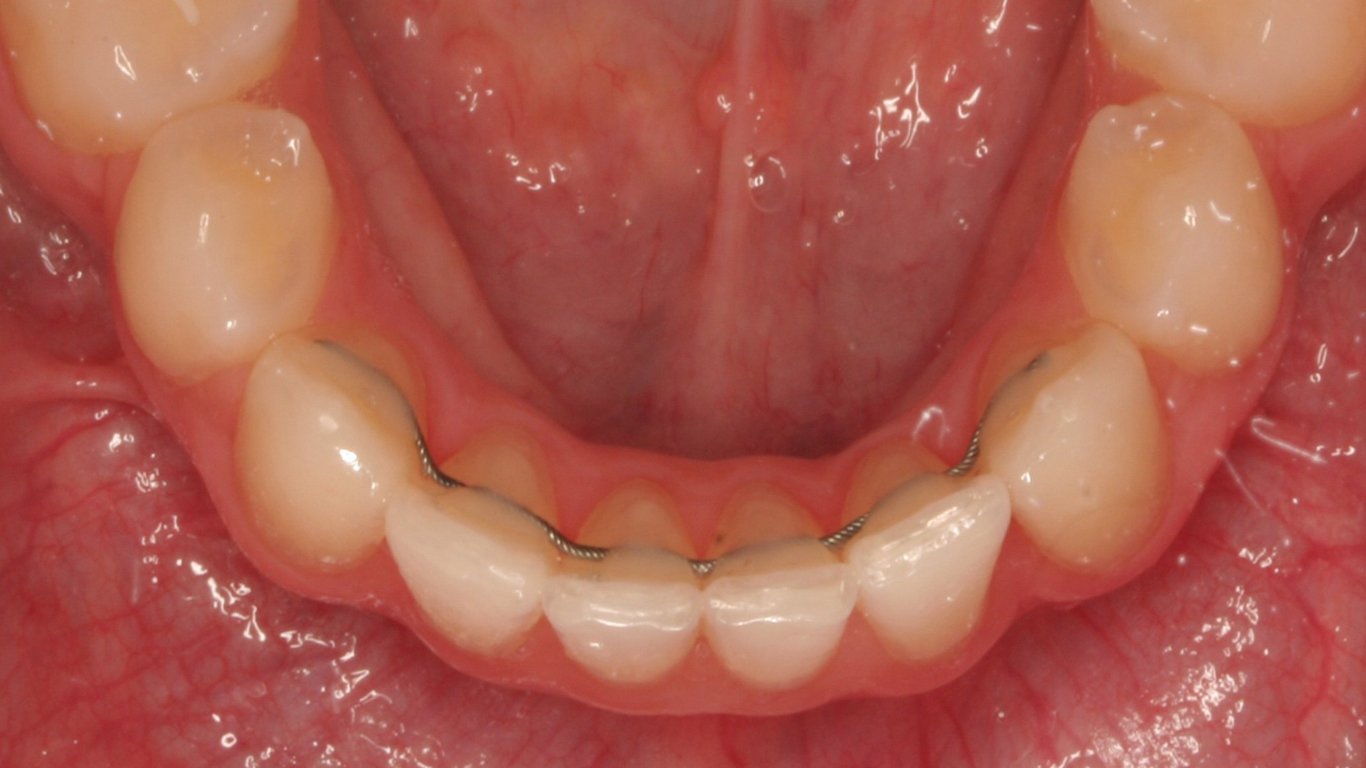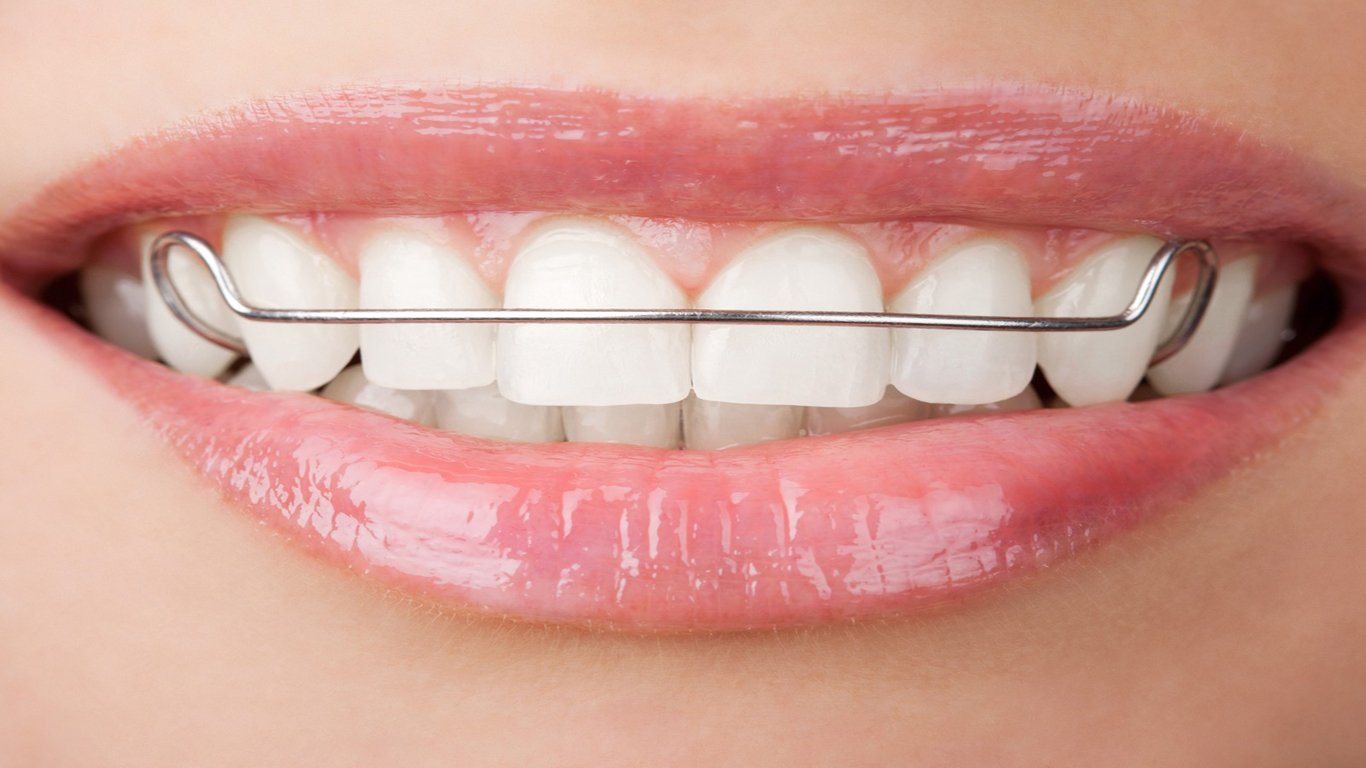After your braces or Invisalign treatment, your orthodontist will offer retainers to keep your teeth in perfect position once you complete your orthodontic treatment.
Wearing retainers is crucial because the teeth have a strong desire to shift back to their original position, which is called relapse, and retainers help you prevent this movement.
To prevent any dental relapse, your orthodontist gives you custom-made retainers. There are two different kinds of retainers:
- Metal lingual retainers
- Plastic retainers
Both have similar functions and prevent your teeth from moving back to their original positions. Which type of retainer you need to wear after getting braces or Invisalign treatment depends on your needs and your orthodontist’s opinion.
Metal retainers are bonded to the back of your front teeth on both the upper and lower arches. Factors such as your bite and if you have fillings will determine whether metal lingual retainers can be placed. Metal lingual retainers are typically made of flexible stainless steel.
Impressions of the upper and lower arches are taken to make plastic retainers.
- Plastic retainers are lab-made and easily removable.
- Metal lingual retainers are permanent as they are bonded to the backs of the front teeth with resin. They require special care to maintain and keep clean.
Depending on your dental condition, your orthodontist will guide you on how long you should wear retainers. Your orthodontist may advise you to wear retainers only at night while sleeping or wear them several times a week.
Usually, you need to wear retainers (at least) for six to twelve months before the new position of your teeth becomes permanent.
Advantages and disadvantages of Plastic Removable Retainers
Retainers (plastic and metal forms) have different advantages.
Here are some benefits that will help you choose which types of retainers can better meet your needs.
Advantages of plastic removable retainers:
- They are less bulky and removable.
- You can get a new set of retainers every year.
- Easy to wear, remove and clean.
- Easy to maintain oral hygiene (brushing, flossing)
Disadvantages of plastic removable retainers:
- They can be lost when they are not in your mouth or kept in their case.
- Bacteria can grow on them over time if not kept clean.
- Must remove them to eat or drink anything other than water.
- Will need replacement periodically.
- You are responsible for wearing them.
Different Types of Removable Retainers
Hawley retainers
Hawley retainers are the most well-known and oldest type of removable retainers, consisting of a thin metal wire that covers and holds teeth in place.
The advantages of Hawley retainers:
- It can last for a long-time if you use and maintain it properly.
- You can adjust your retainers (if needed).
- Hawley retainers allow the top and bottom teeth to naturally touch each other.
- In comparison with clear plastic retainers, the Hawley retainer is slightly more durable.
The Cons of Hawley Retainers
- Hawley retainers are more visible (in comparison with the other types of retainers).
- At first, the wire may irritate the inside of your mouth (lip and inside of cheeks).
- It can have a greater impact on your speech than other types of retainers.
- Wearing Hawley retainers may be difficult for some patients due to the size.
- More expensive than other types of retainers due to more involvement in the lab.
- Can allow more dental relapse if not used accurately or in conjunction with a permanent retainer.
Vacuum-Formed Retainers (Plastic Clear Retainers)
Vacuum-formed retainers (VFR) are another common type of removable retainer that consist of polypropylene or polyvinyl chloride (PVC) material. The common name for these is Essix retainers.
Vacuum- or pressure-thermoforming is the technique used to create VFRs. Vacuum-formed retainers are clear, transparent, and virtually invisible; most of them normally fit over the entire arch of teeth. Because they are virtually invisible when worn, they offer an aesthetic advantage relative to other retainers.
Since VFRs cover the occlusal (biting) surfaces of the teeth, the upper and lower teeth cannot properly touch when worn continuously. Some orthodontists believe that for “favorable settlement” to occur, the top and bottom chewing surfaces must make contact with each other. As a result, they advise using the retainer only for 8-10 hours per day. VFRs should be removed during eating/drinking (anything except water) and should often be worn only at night.
If you insist on wearing them while eating, they may act as a reservoir for cariogenic bacteria, eventually causing decalcification (the formation of cavities). If you put your retainer in your mouth immediately after drinking or eating, you should expect the same outcome.
VFRs are frequently preferred over other retainer types because they are cost-effective, more aesthetically pleasing, and do not cause significant difficulty while speaking.
They also maintain the incisors better than other removable retainers; however, fixed or permanent retainers are among the best orthodontic tools for dental retention.
The Advantages and Disadvantages of Permanent Retainers (Metal Retainer)
Permanent metal retainers, also known as fixed, bonded, or lingual retainers, consist of a solid or braided stainless steel wire that is curved to fit the form of your newly straightened teeth. It is bonded to the inside of your teeth to prevent them from shifting back. These retainers are frequently placed on lower teeth and sometimes on the upper teeth depending on your bite, if you have restorations/veneers etc.
Your orthodontist offers fixed metal retainers as a double security in conjunction with removable retainer or when he/she thinks your teeth are prone to relapse or when a patient is not likely to wear the removable retainers regularly.
Although some fixed retainers might be removed due to excessive buildup of plaque and tartar or gum irritation, the majority are kept in place permanently and repaired as needed.
Metal retainer (permanent retainers)
Advantages:
- They are bonded to the teeth, so you don’t have to remember to wear them.
- They are cost-effective, strong and durable.
- No need to replace or remove them unless the wire breaks or resin comes away from the tooth.
- Not visible at all.
- Do not affect your speech.
Disadvantages:
- Will take a few weeks to get used to the feeling.
- Your tongue can become irritated by the metal wire in the beginning.
- Oral hygiene (flossing and brushing) is challenging because you cannot remove them. Poor oral hygiene can easily result in the buildup of plaque and tartar, leading to dental cavities.
- More time and technique are required for flossing.
Why retainers?
Please note that even after you complete your treatment, your orthodontist may recommend you wear a retainer for the rest of your life because there is always the possibility of dental relapse. It is a natural and normal process for the teeth to move slightly as we age due to multiple factors including (but not limited to) trauma, medical conditions, grinding, clenching etc… Retainers can help to prevent these movements.
If you wear removable retainers, it’s crucial to adhere to your orthodontist’s instructions and wear them exactly as he/she says. It’s usually advised to wear the retainer at night while sleeping. To know about the exact instructions, talk to your orthodontist.
When you start using retainers, you must regularly visit your orthodontist to have your teeth checked and to be sure your retainers are working well. You will typically have checks at 2, 6 and 12 months after getting removal or your braces/Invisalign.
See your orthodontist as quickly as possible if your retainer is lost, breaks, or cracks or you run the risk of your teeth shifting. Shifting can happen quickly – even overnight in some cases.
Each retainer has its own advantages and disadvantages. Here, at York Orthodontics, Dr. Mir will recommend the best type for you by considering your needs, preferences, and dental conditions.








